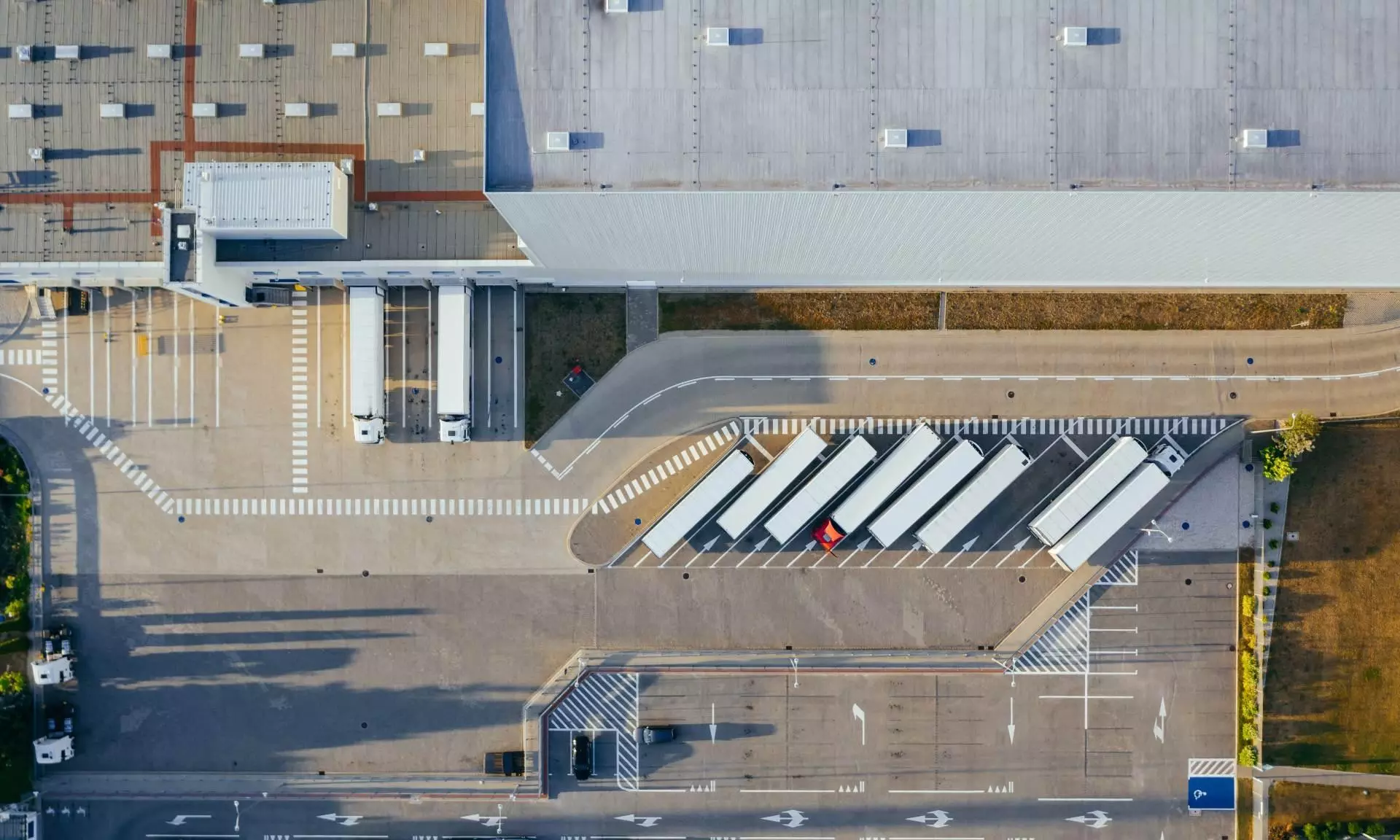
Even as the global economy is returning to its pre-pandemic glory, there is a rising awareness and concern about environmental sustainability. With the increasing need to align modern businesses with the goals of environment friendly practices, it has become imperative for businesses to adopt greener solutions to not only do their bit for the environment but to also gain international credibility and acceptance while also building sustainable and profitable business operations, for the long run.
In this context, logistics and supply chains are one of the biggest contributors to environmental pollution. The transport sector alone contributes to about a quarter of global CO2 emissions and India recorded a CAGR growth of 4.5% in fossil fuel CO2 emissions, compared to a growth of 1.16% in developed countries. Warehouses, on the other hand, contribute to pollution, usually due to the different heating, cooling and lighting requirements and also generate a lot of waste, especially in the form of water used for cooling and material used for packaging.
While cleaner transport by EV vehicles for the road and the push for railways and waterways is growing as viable alternatives, greener storage practices are still at a burgeoning stage and have yet to gain the desired focus and attention. Total carbon dioxide emissions, as well as energy consumption, water consumption and speed of product or material use, are all important aspects that are wasteful or environmentally harmful and that need to be looked at carefully when understanding the carbon emissions of a warehouse and areas where companies can apply green initiatives. Now, with the NLP and other supporting policies, green solutions are slowly but surely becoming an important part of upgrading warehouses and planning and developing new ones.
This is one of the integral parts to optimising warehouse operations and monitoring wastage, while also ensuring efficiency and effective implementation of processes. Apart form a well-structured WMS, emerging tech like AI, ML and IoT based innovations can be integrated with WMS to ensure specific green operations are working smoothly and can be monitored round the clock to ensure maximum efficacy and results. Not only does this reduce the chances of human errors but also allows greater agility, real time updates, and a wider scope for easy implementation of green solutions which can be customised as per requirement. Right tech adoption also helps effective inventory management, helps draw up heat maps or temperature maps thereby prompting action in real time, offer data driven predictive analysis to avoid crisis, and helps build a more proactive and sustainable warehouse management structure that is not dependent on human supervision or intervention.
Apart from the above mentioned points, smaller everyday changes like going paperless or choosing to smartly utilise storage space by leasing out to unused space to smaller 3PL vendors, combining shipments with similar storage conditions and routes, replacing combustible forklifts with electric ones, replacing lights with LED’s and effective use of insulation doors, are all small but very effective modes of sustainable business practices. In the 21st century, going green is not just a business choice but also a matter of attracting and forming the right kind of business collaborations, taking a stand as a business, building a stronger connection and credibility among stakeholders and having an opportunity to create a profitable and sustainable business model that will reap manifold benefits in the long run!
Automotive Body Coach Building
Hydraulic & Pneumatic Equipment
Industrial & Shipping Containers, Barrels And Drums
Insulators, Insulation Material & Accessories
Mechanical Power Transmission Tools And Accessories
Miscellaneous Automobile Parts, Components & Equipment
Miscellaneous Electrical & Electronic Items
Ship & Marine Tools, Equipment & Accessories